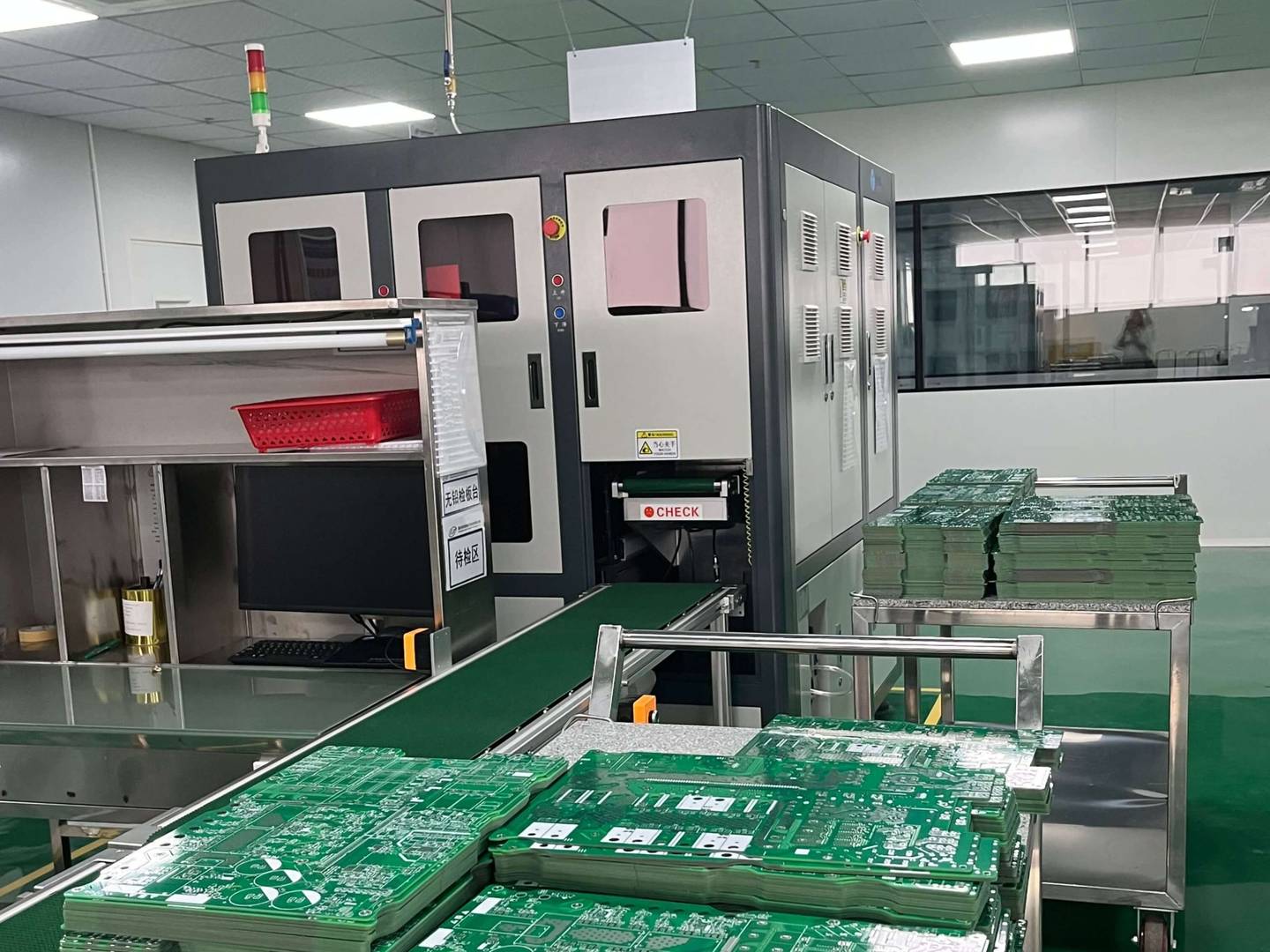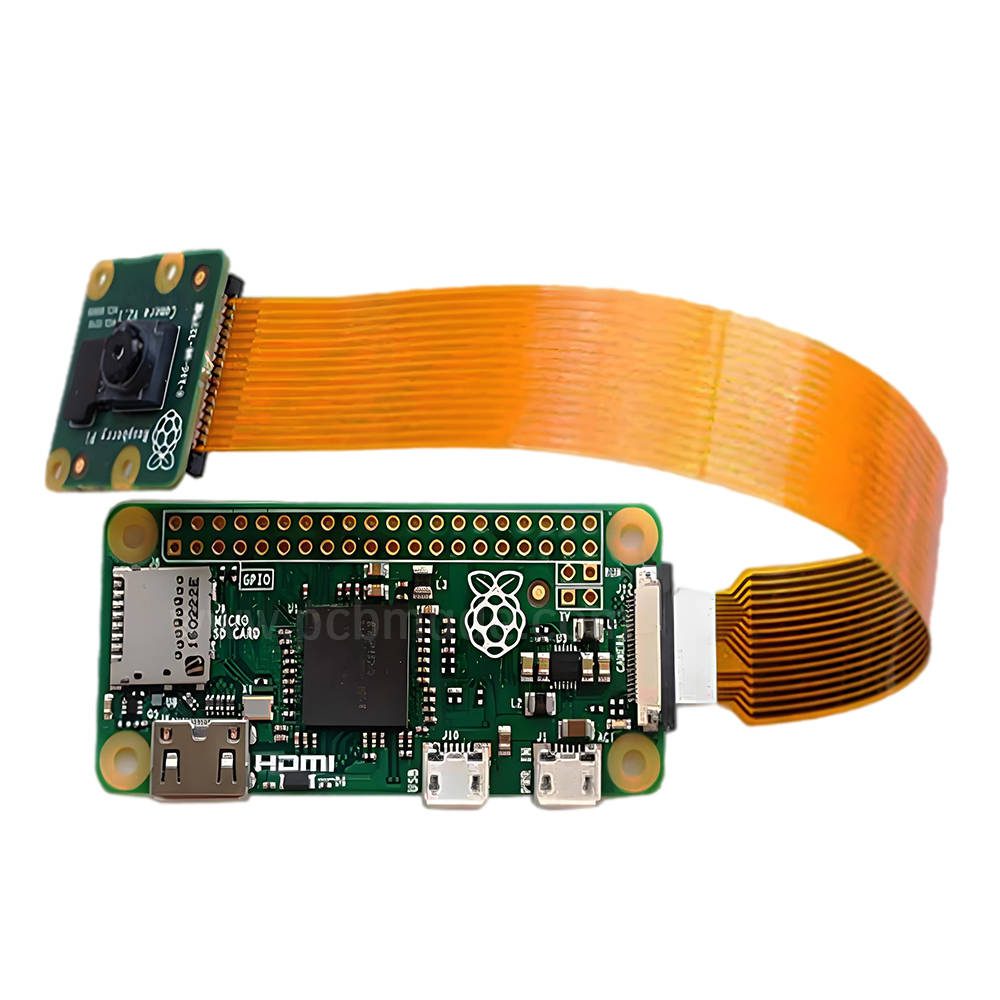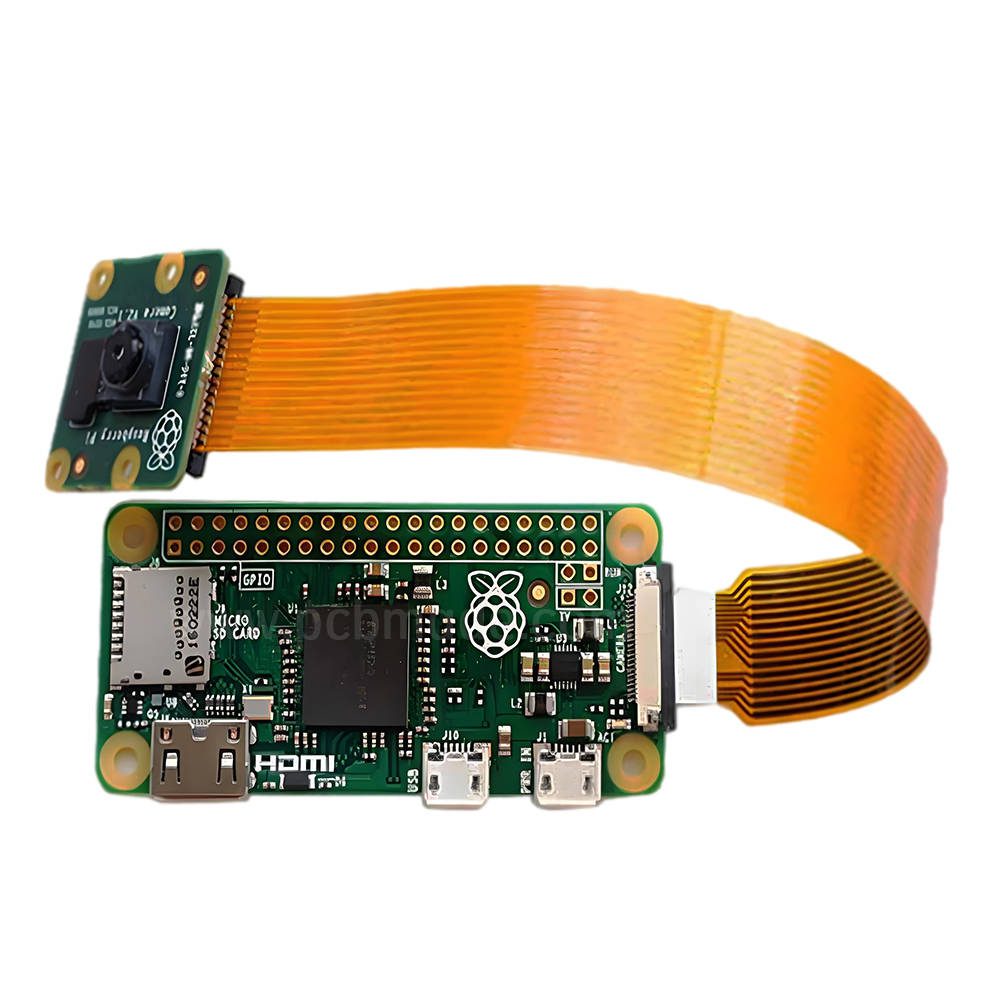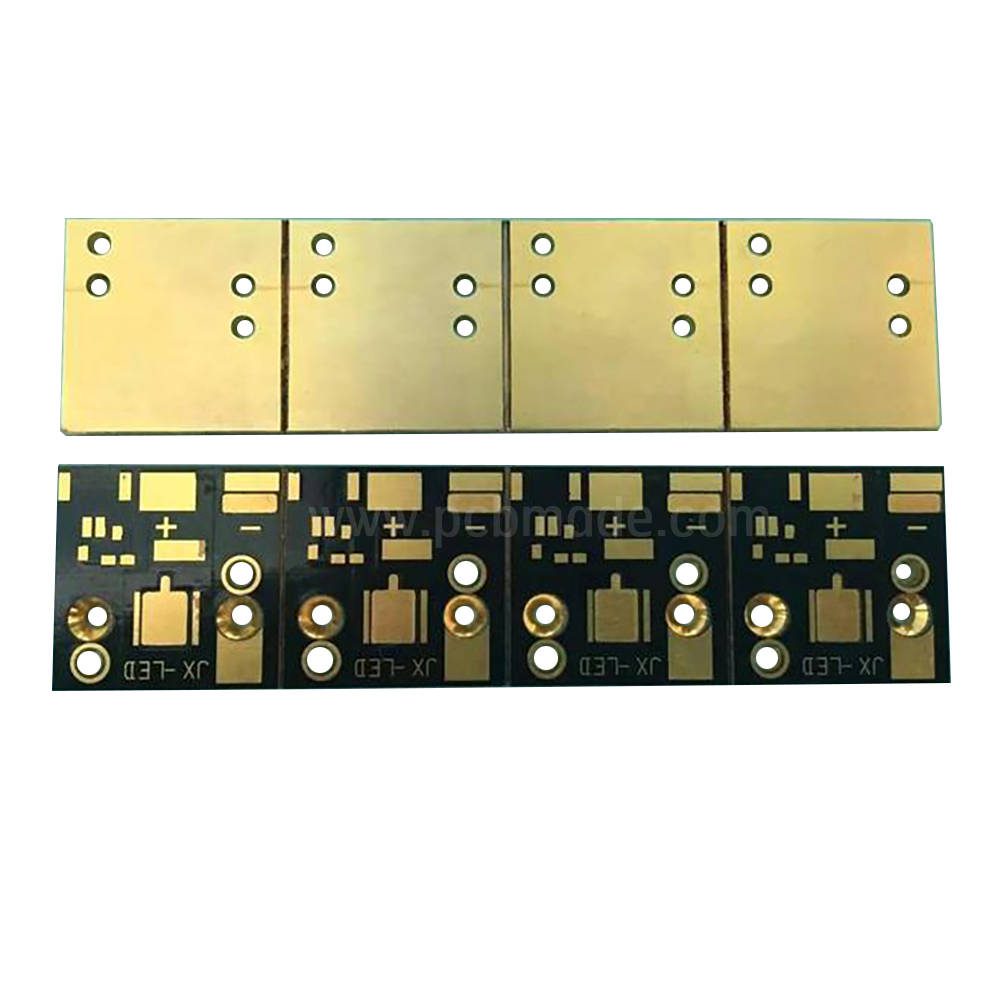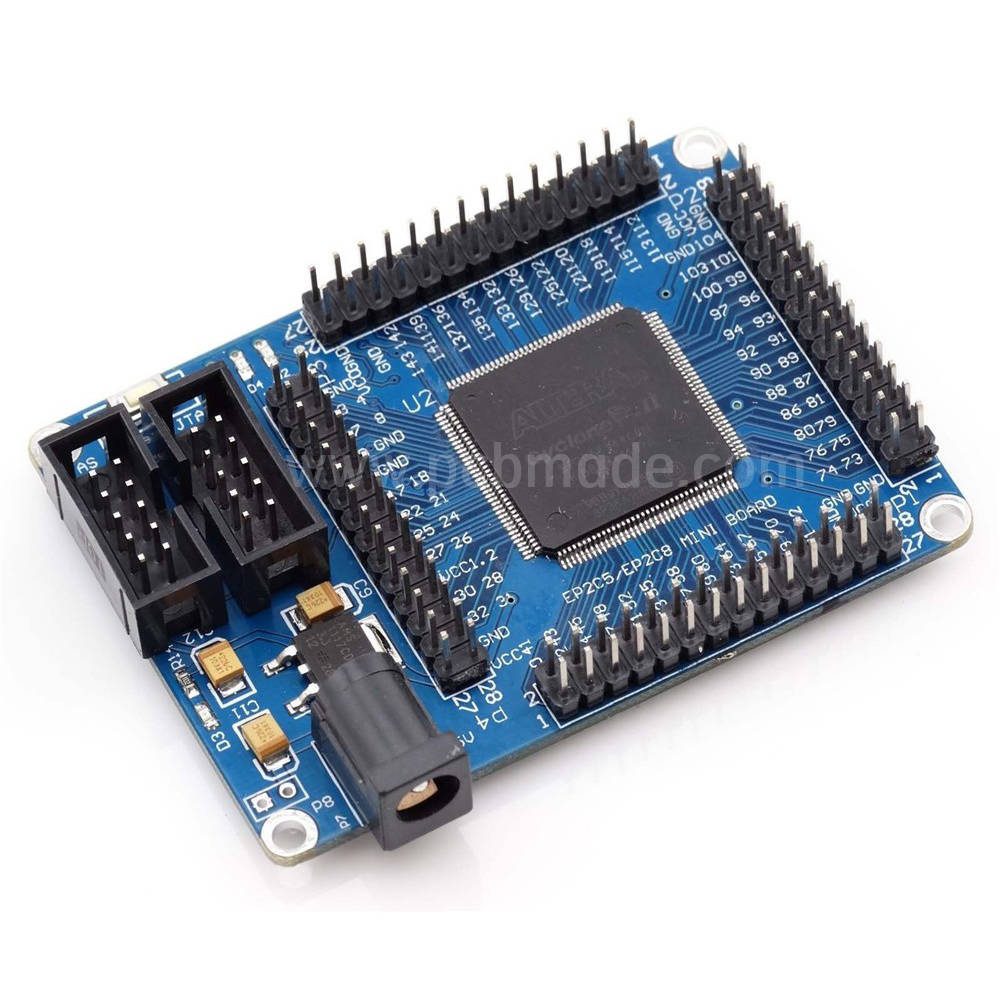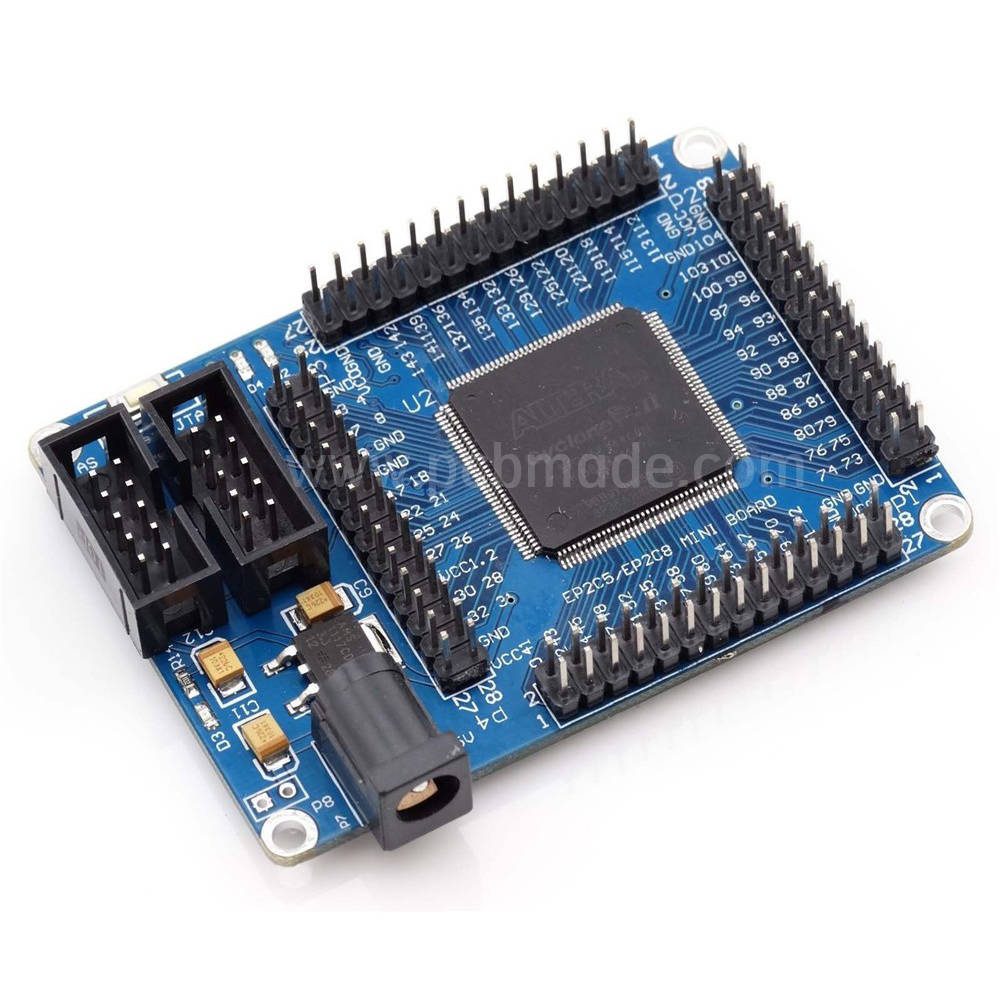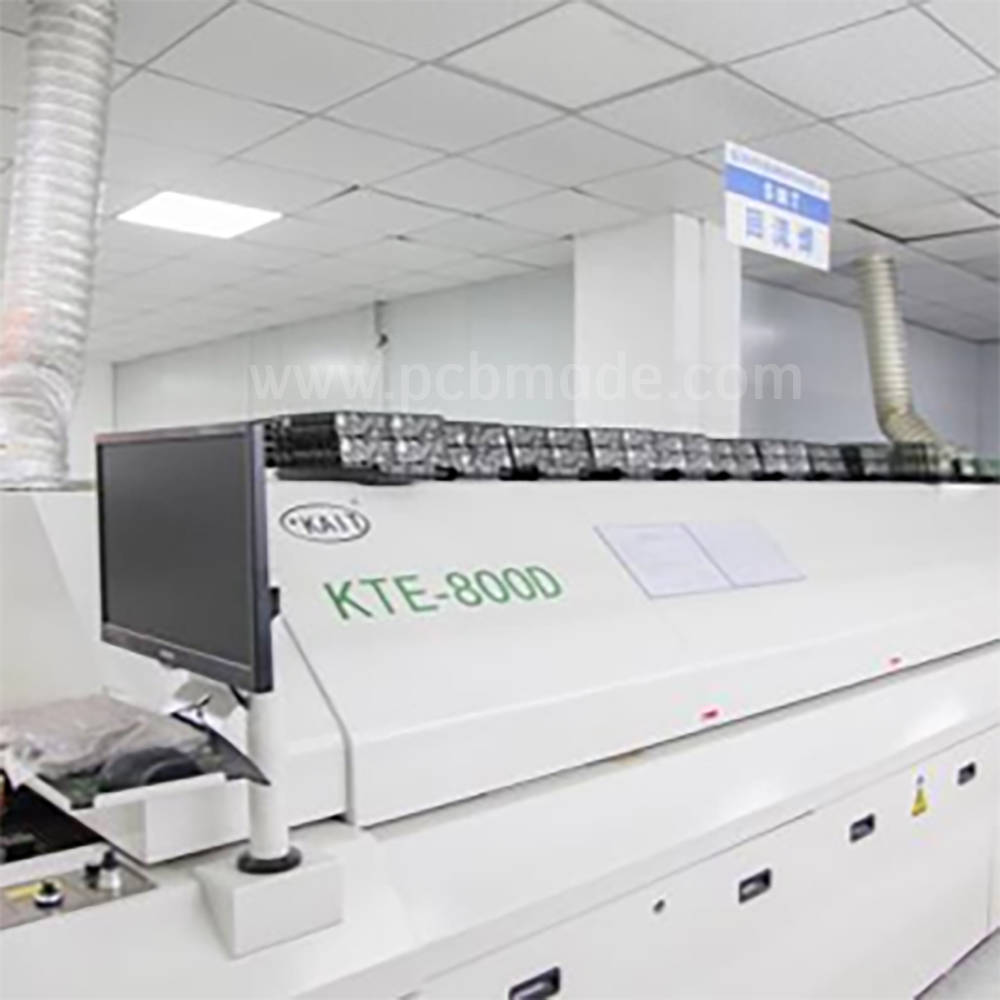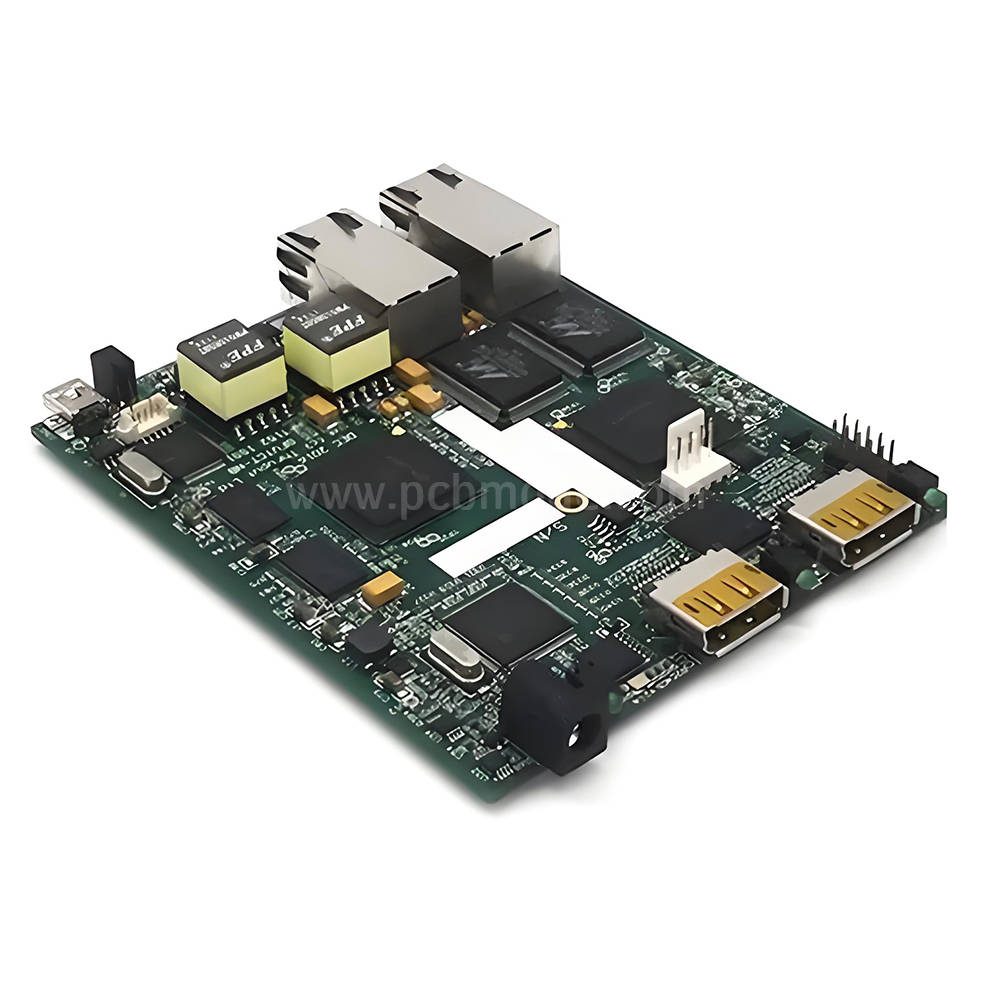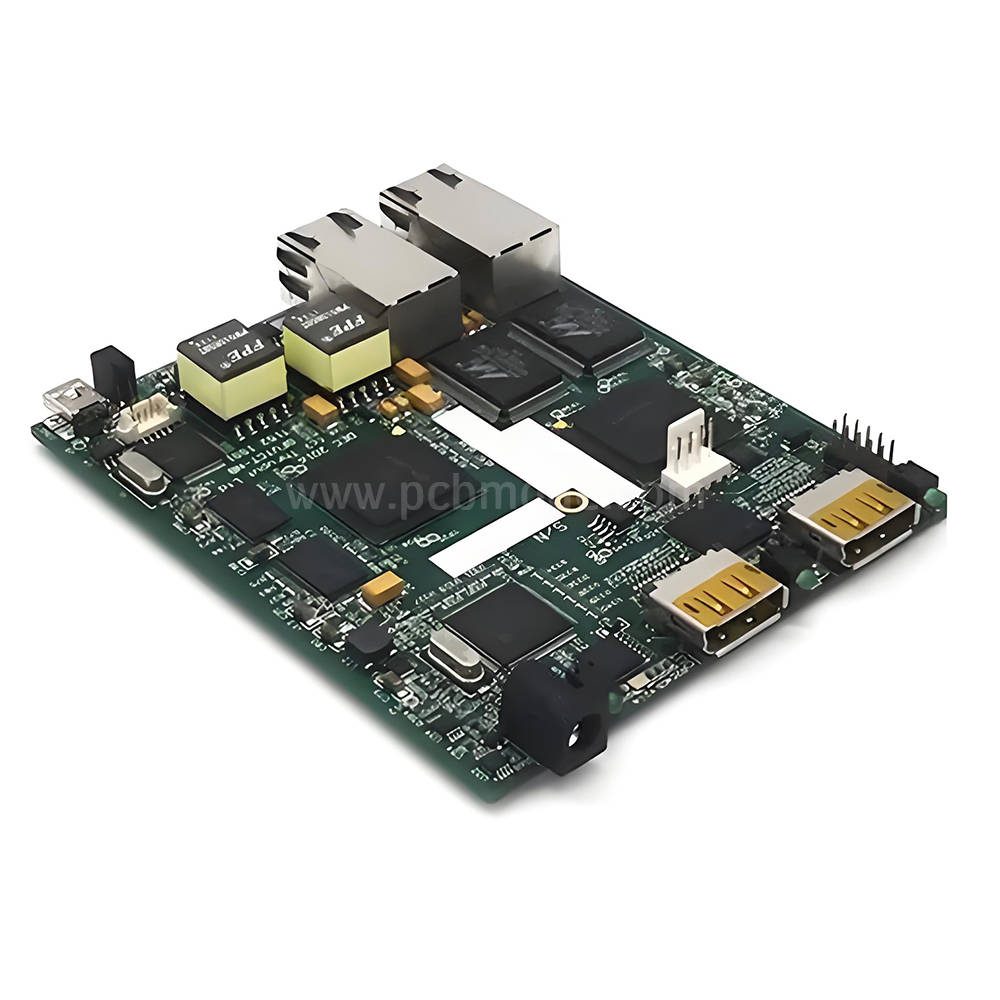PCBA (Printed Circuit Board Assembly) refers to the complete process of mounting and soldering electronic components onto a PCB, transforming it into a functional unit. It involves SMT for surface-mount components (e.g., ICs, resistors) and PTH for through-hole parts (e.g., connectors), followed by reflow or wave soldering to ensure robust electrical connections . Key materials include FR4 substrates for durability and ENIG/HASL finishes for corrosion resistance, supporting applications in automotive, industrial, and consumer electronics . Advanced inspection techniques like AOI and SPI validate solder quality and component alignment, adhering to IPC-A-610 Class 3 standards for high-reliability systems . With compliance to RoHS and UL safety certifications, PCBA is critical in manufacturing smart devices, medical tools, and EV control modules, emphasizing precision and scalability.


